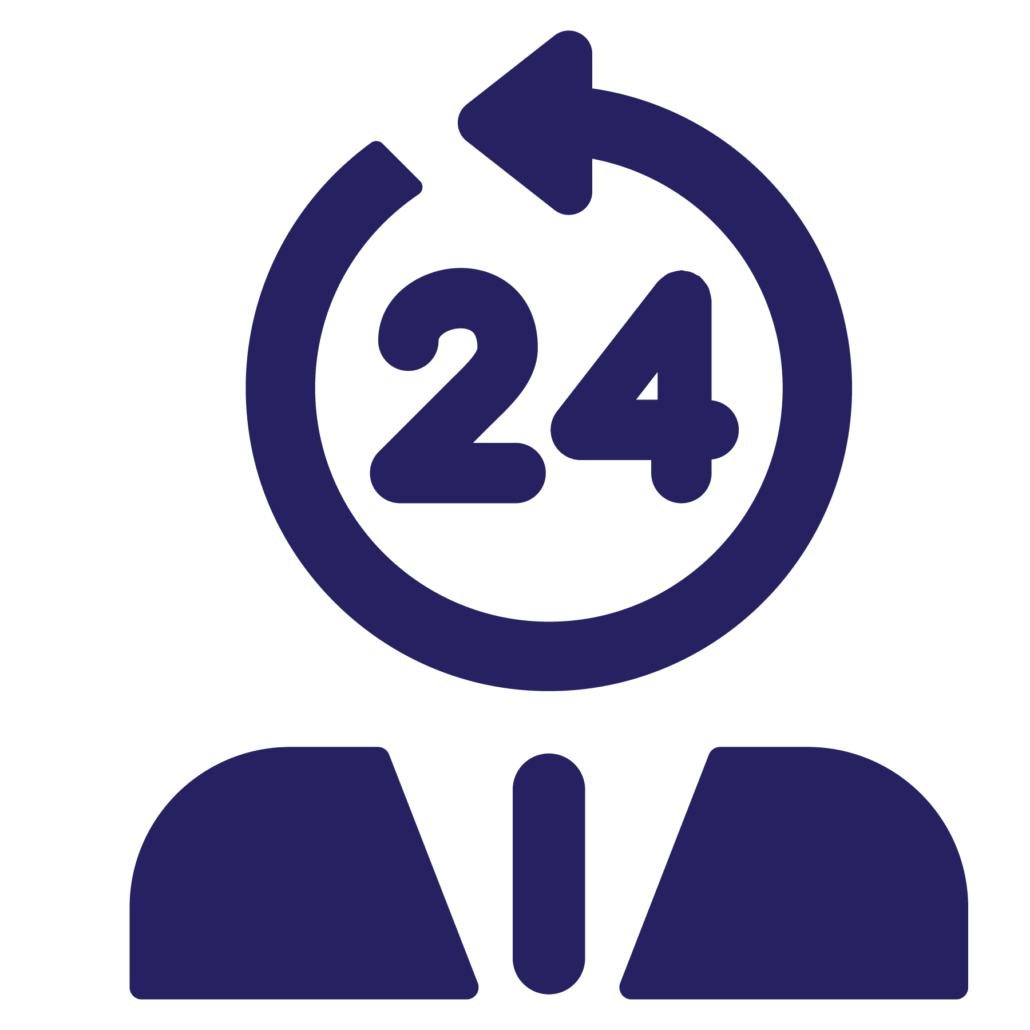Manager Connection – Tree Trimming Benefits
By Syd Briggs,
General Manager

With our recent stretch of mild weather, it’s going to be a miracle if the trees don’t start budding before spring officially starts. However, I still recall the May snowstorm in 2013 where over a foot of snow came down, so I’m not putting my snowblower away quite yet.
Trees are majestic, beautiful and good for the soul. But we also know that our members depend on us to deliver reliable power to their homes, farms, and businesses. That’s why Steele-Waseca Cooperative Electric strives to balance maintaining the beautiful surroundings we all cherish with ensuring reliable electricity. You might not realize it, but there are several benefits to regular tree trimming.
Reliability
Keeping power lines clear of overgrown vegetation improves service reliability. After all, we’ve seen the whims of Mother Nature during severe weather events with fallen tree limbs taking down power lines and utility poles.
While many factors can impact power disruptions, about half of all outages can be attributed to overgrown vegetation. This is why you sometimes see Steele-Waseca line crews or contractors out in our service area trimming trees near power lines. Our contracted tree crews have been trained and certified based on the latest industry standards.
In fact, all U.S. electric utilities are required to trim trees that grow too close to power lines. Scheduled trimming throughout the year keeps lines clear from overgrown or dead limbs that are likely to fall, and we are better able to prepare for severe weather events.
Plus, we all know it’s more cost-effective to undertake preventative maintenance than it is to make repairs after the fact. Inspections of power lines and vegetation allow us to bolster reliability.
Safety
Working near power lines can be dangerous, and we are about your safety and that of our line technicians. For example, if trees are touching power lines in our members’ yards, they can pose a grave danger to families. If children can reach those trees, they can potentially climb into a danger zone. Electricity can arc, or jump, from a power line to a nearby conductor such as a tree.
Any tree or branch that falls across a power line creates a potentially dangerous situation. A proactive approach lessens the chances of fallen trees during severe weather events that make it more complicated and dangerous for line technicians to restore power.
Affordability
As a co-op, Steele-Waseca always strives to keep costs down for our members. If trees and other vegetation are left unchecked, they can become overgrown and expensive to correct. A strategic vegetation management program helps keep costs down for everyone.
When it comes to vegetation management, there are ways you can help too. When planting new trees, make sure they’re planted a safe distance from overhead power lines. Medium-height trees (40’ or smaller) should be planted at least 25’ from power lines. Taller trees (over 40’) should be planted at least 50’ from power lines.
You can also practice safe planting near pad-mounted transformers. Plant shrubs at least 10’ from the transformer door and 4’ from the sides. Remember to contact 811 before you begin any project that requires digging.
Additionally, if you spot an overgrown tree or branch that is dangerously close to overhead lines, please let us know by contacting our office.
We have deep roots in our service area, and we love our beautiful surroundings. It takes a balanced approach, and our vegetation management program is a crucial tool in ensuring service reliability.

Service
#swceSERVICE




